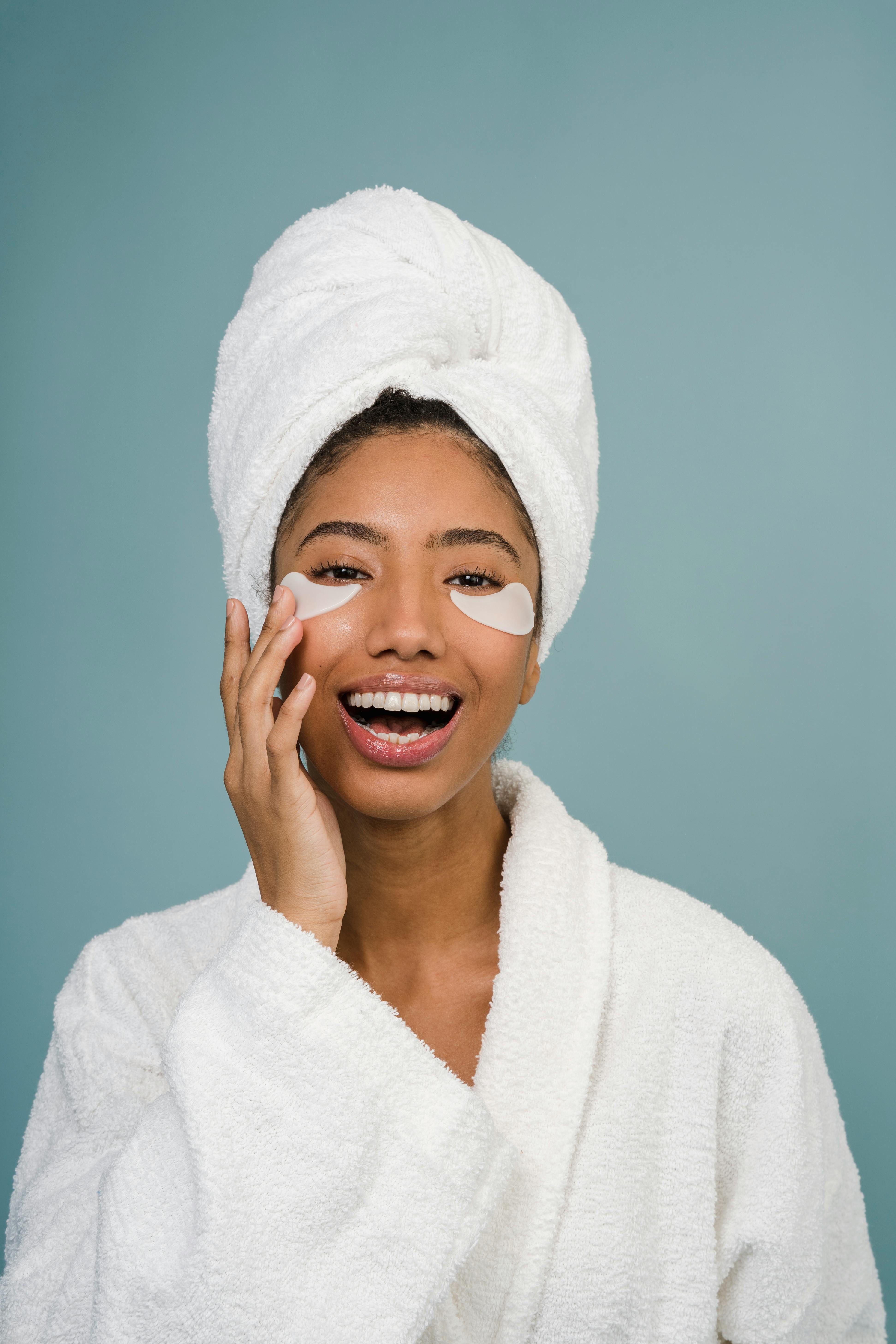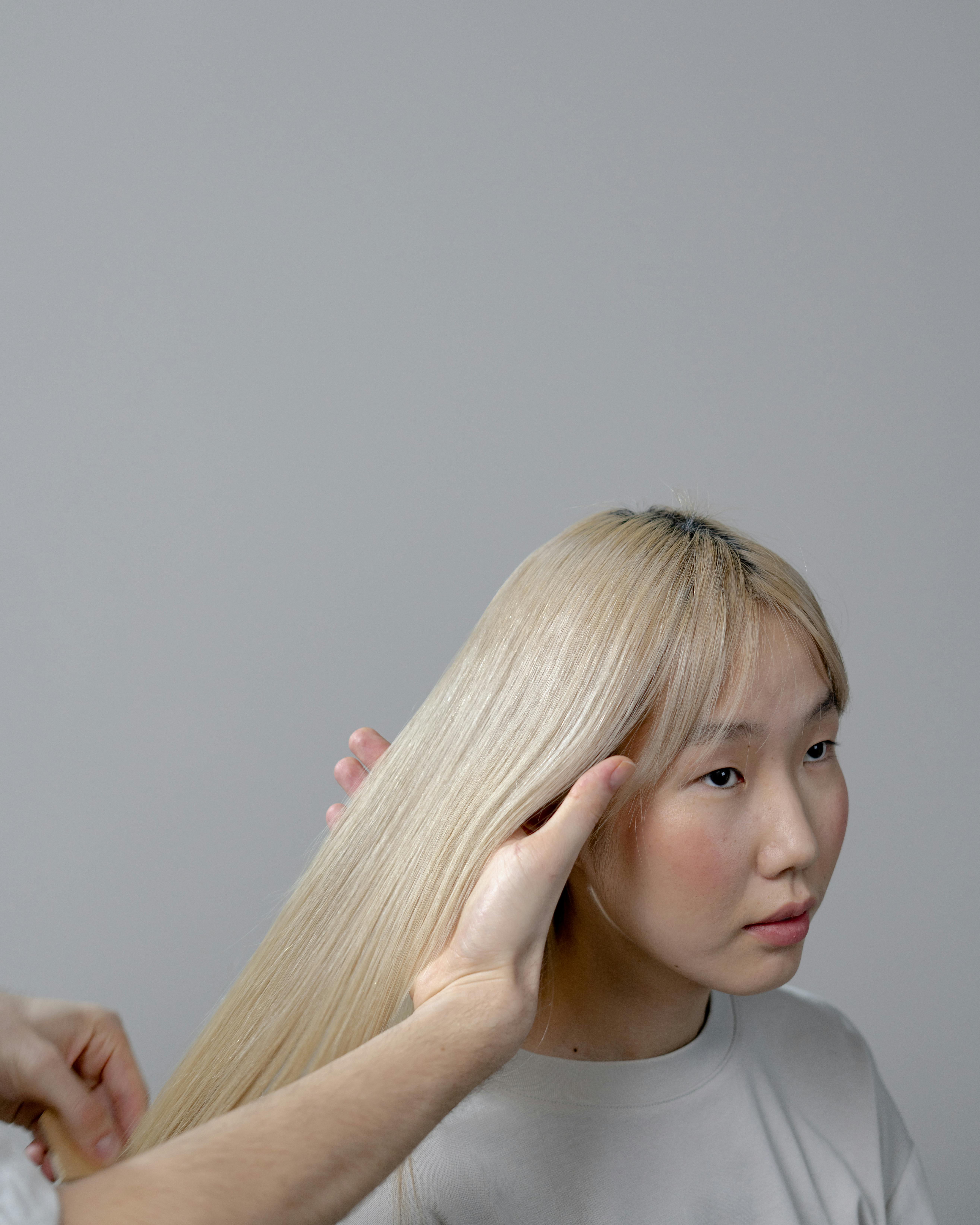Unraveling the Mystery of Eye Bags: Causes, Solutions, and Prevention
Eye bags, those unsightly bulges that appear under the eyes, have been a source of concern for many individuals across the world. While they are usually not a sign of a serious medical condition, they can affect a person's self-esteem due to their prominent location on the face. This article delves into the causes of eye bags, their impact on our appearance, and the various available solutions and preventative measures.

Understanding the Causes of Eye Bags
To comprehend why eye bags occur, we must first understand the structure of the skin around our eyes. This skin is thinner compared to the rest of our face, making it more susceptible to changes and damage. As we age, the muscles and tissues that support our eyelids weaken, causing the skin to sag and fat to move down to the lower eyelids, creating the appearance of bags.
Factors such as heredity, lack of sleep, smoking, and allergies can also contribute to the development of eye bags. The puffiness may also be a result of fluid accumulation in the space below your eyes, often exacerbated by salty diets or hormonal changes.
The Societal Perception of Eye Bags
Historically and culturally, eye bags have been associated with tiredness, aging, or ill-health. This perception is largely due to the media’s portrayal of youthful and radiant faces as the standard of beauty. However, in recent years, there has been a growing acceptance of natural aging, with more people embracing their eye bags as a sign of lived experience. Despite this trend, the demand for solutions to reduce or eliminate eye bags remains high due to the lingering societal pressure to maintain a youthful appearance.
Exploring Available Solutions
There are various ways to manage eye bags, ranging from simple home remedies to clinical treatments. Cold compresses, cucumber slices, and tea bags are popular for their de-puffing effects. Adequate sleep and hydration, coupled with a balanced diet and regular exercise, can also significantly reduce their appearance.
For more persistent eye bags, skincare products such as eye creams and gels containing ingredients like retinol, hyaluronic acid, and peptides can help. These ingredients work to increase collagen production, hydrate the skin, and improve elasticity, thus reducing the appearance of bags.
Medical treatments like fillers, laser resurfacing, or surgery are also options. These procedures should only be considered after consulting a dermatologist or plastic surgeon.
The Impact of Eye Bags on Mental Well-being
While eye bags are mostly a cosmetic issue, their impact on mental well-being should not be underestimated. Many individuals with prominent eye bags report feeling self-conscious about their appearance, leading to reduced confidence and self-esteem. This can affect their personal and professional life, causing unnecessary stress and anxiety. It’s essential to remember that everyone’s body changes with age, and embracing these changes is a part of self-acceptance.
Prevention: The Best Cure
Preventing the formation of eye bags is arguably the most effective solution. Simple lifestyle changes can go a long way in keeping them at bay. Regular sleep, a balanced diet low in salt, adequate hydration, and avoiding tobacco and alcohol are key. Additionally, using a high-quality moisturizer and sunscreen can protect the delicate skin under the eyes from premature aging.
In conclusion, eye bags are a common issue that many of us will likely experience at some point in our lives. While they might be seen as a nuisance, it’s important to remember that they are a part of the natural aging process. There are various ways to manage them, from home remedies to medical treatments. However, the best approach is to prevent their occurrence through a healthy lifestyle and proper skincare. Above all, it’s crucial to embrace our unique features and aging gracefully, as beauty truly is skin deep.




